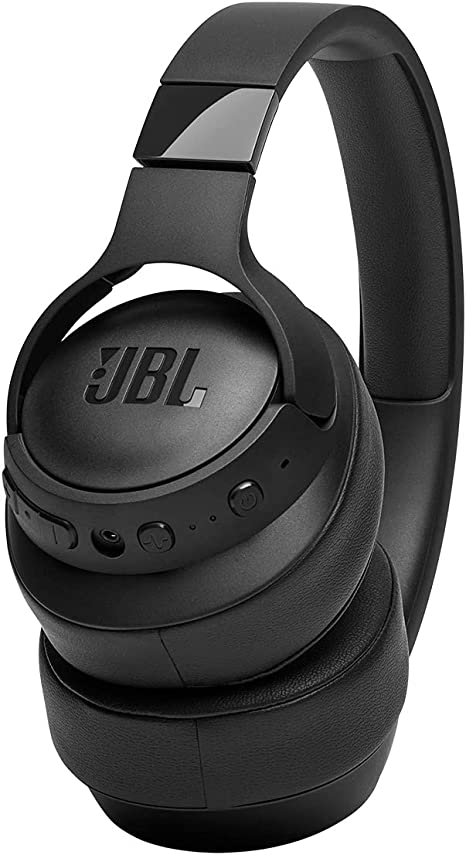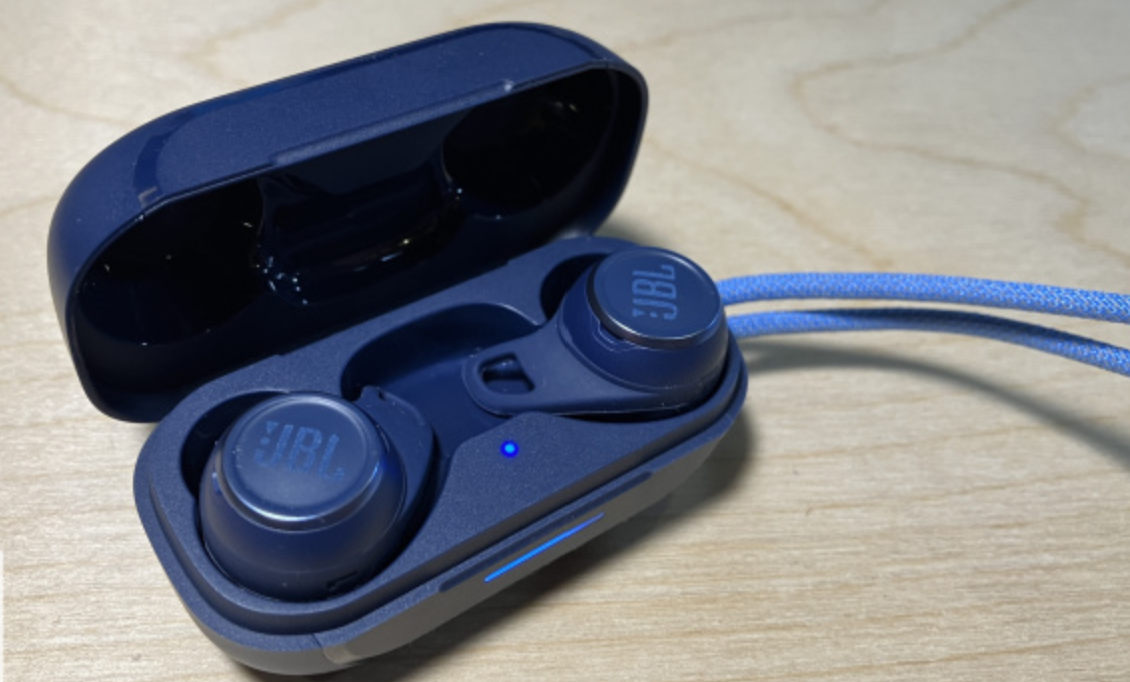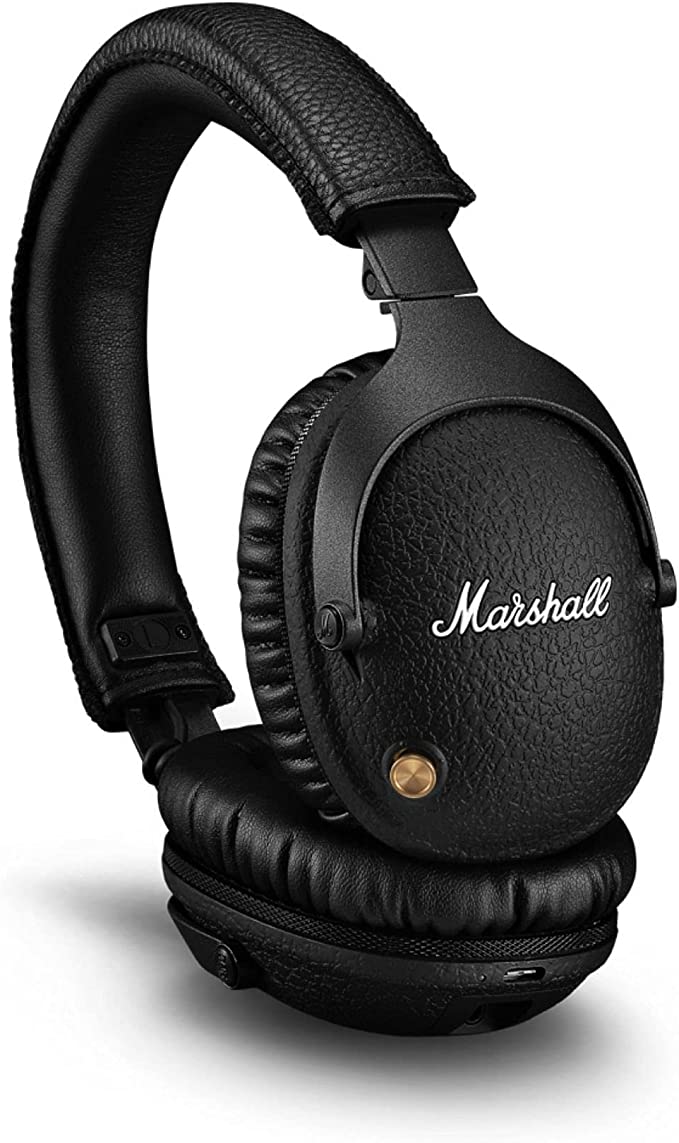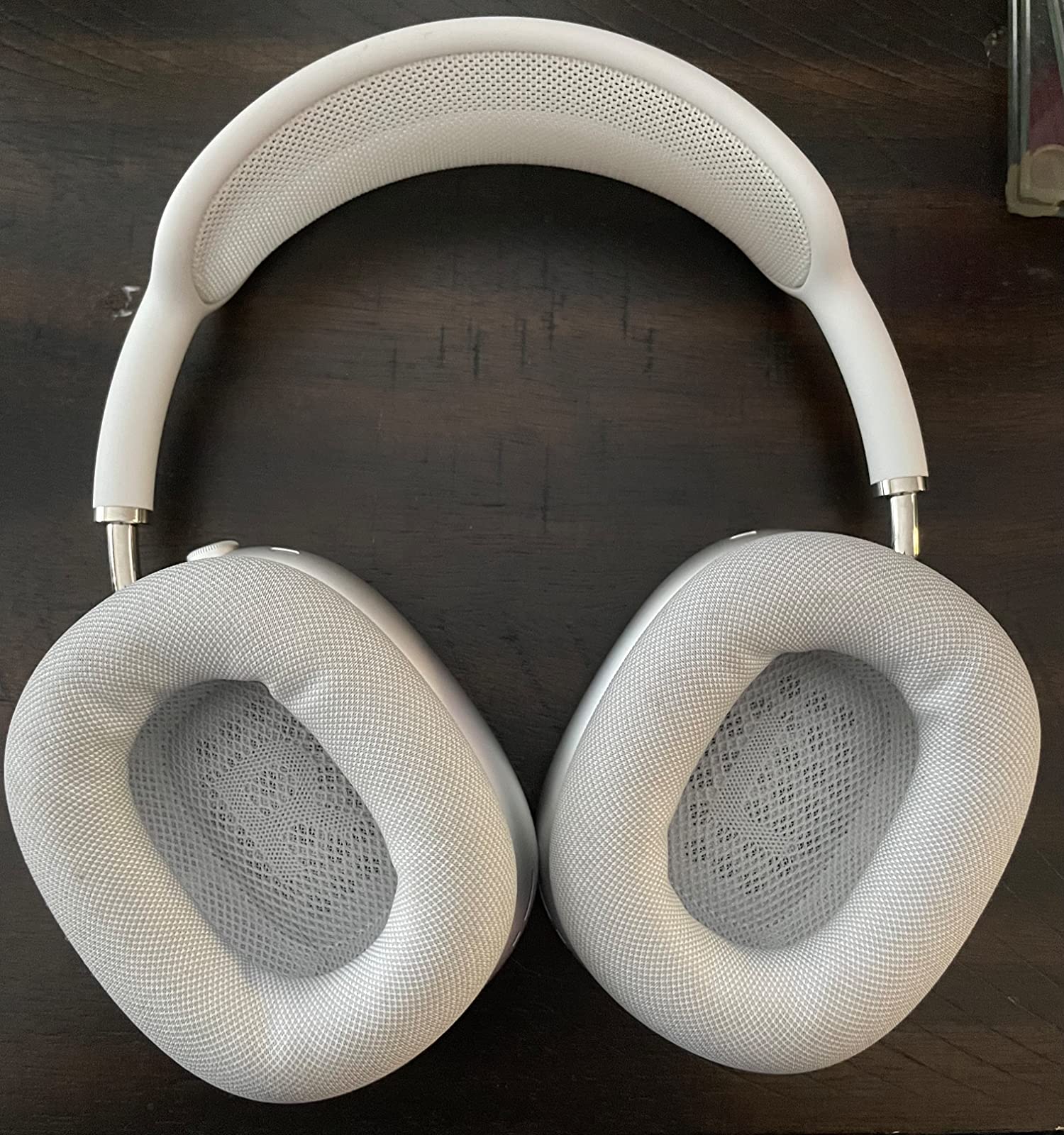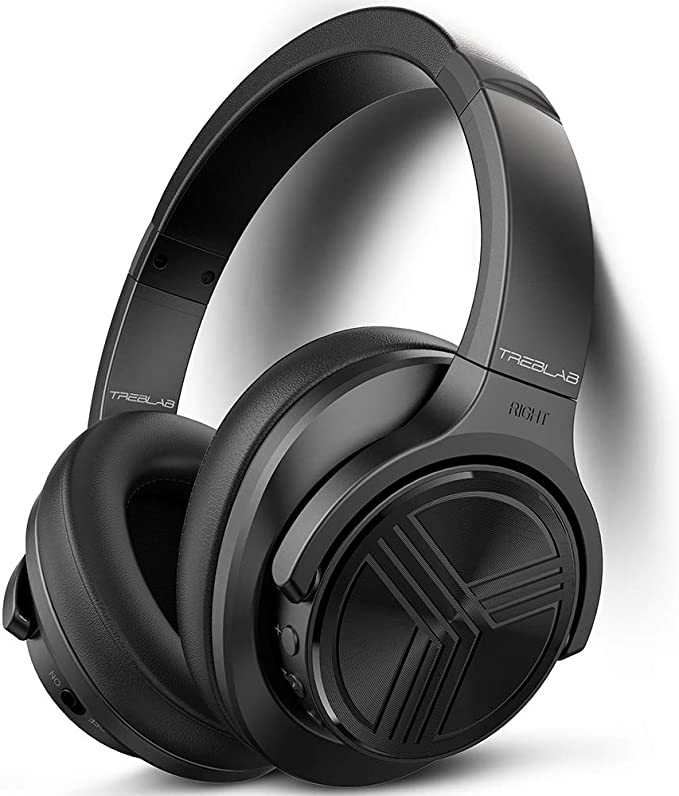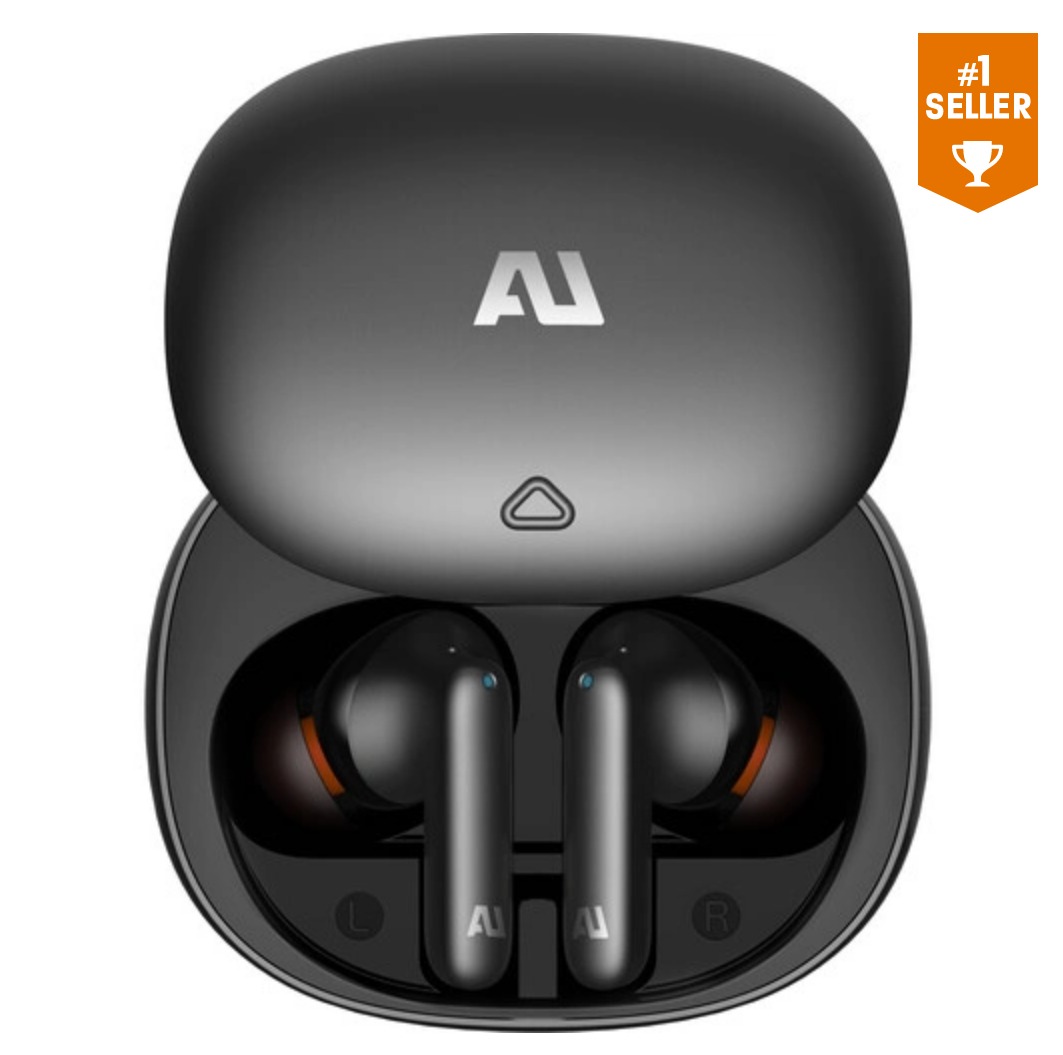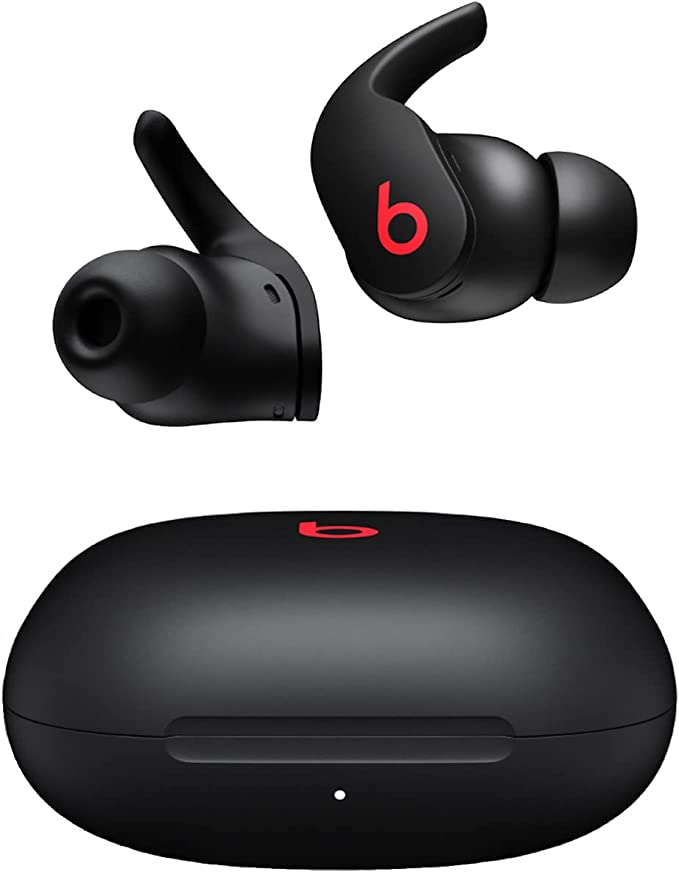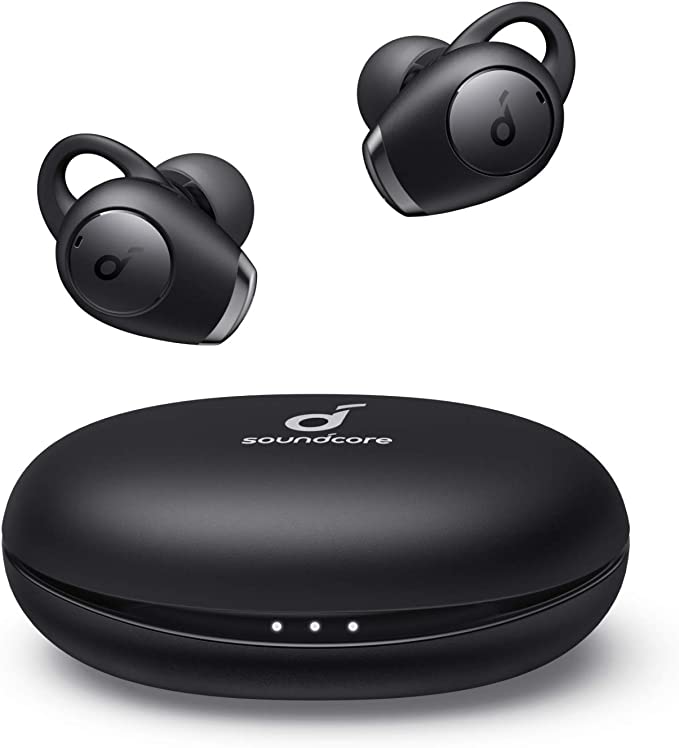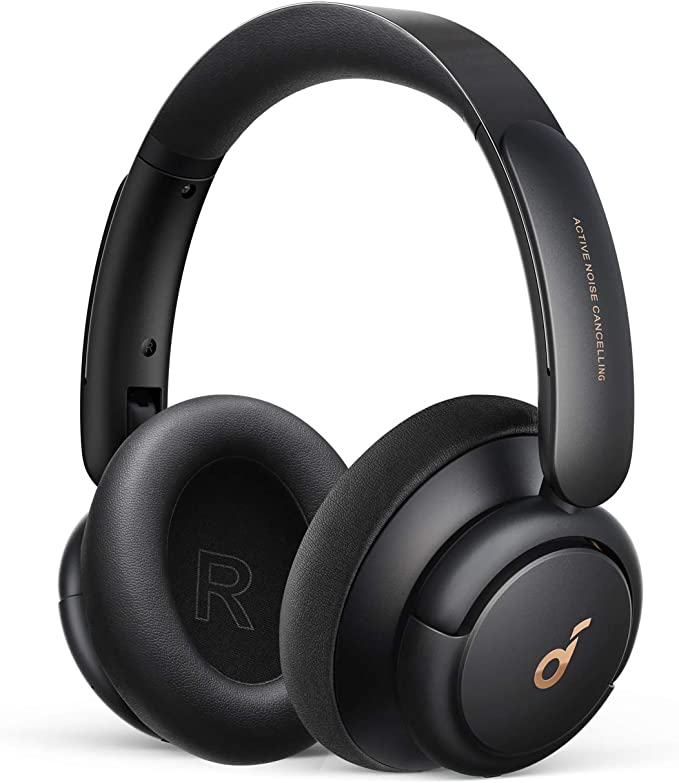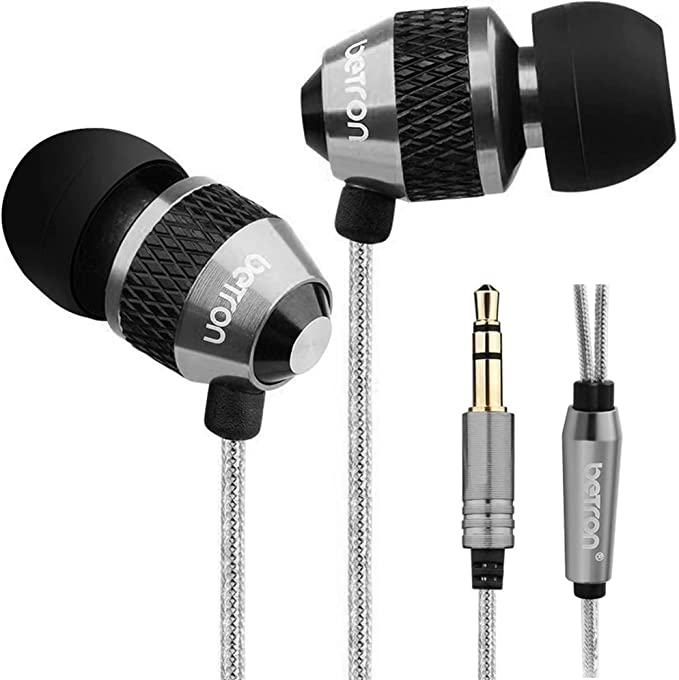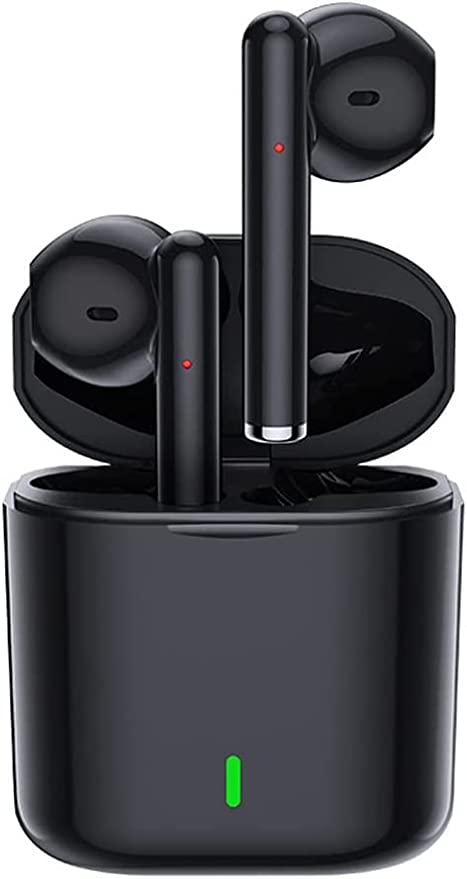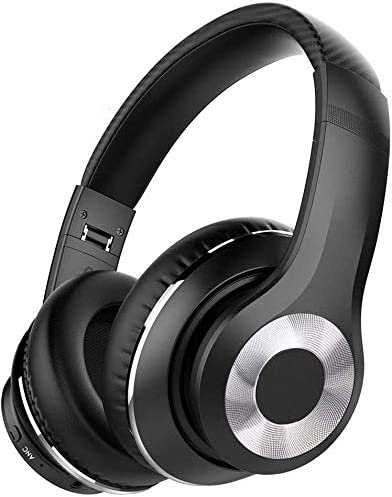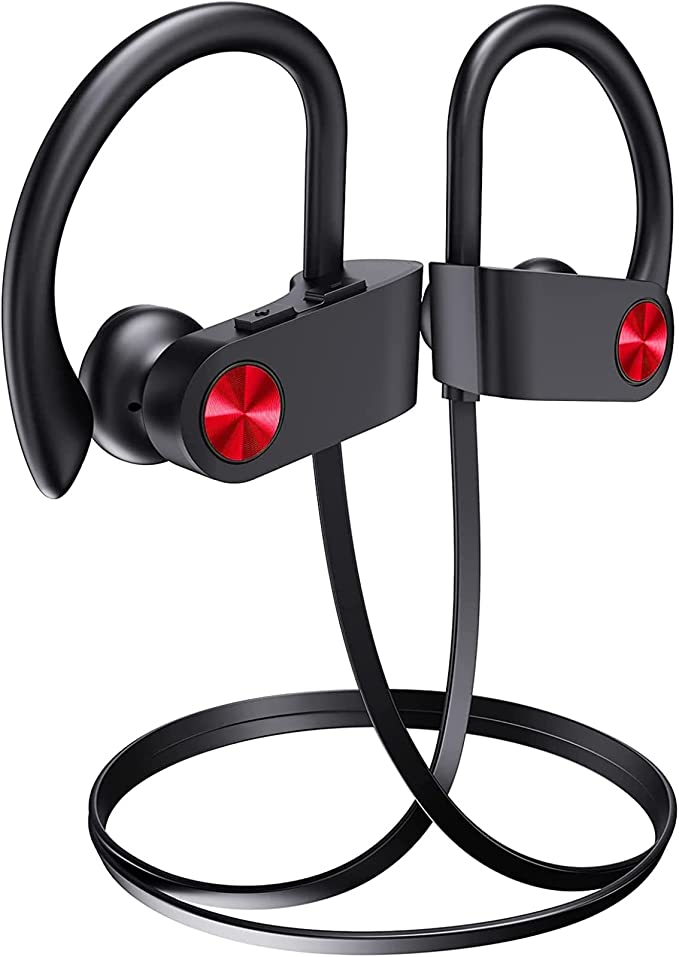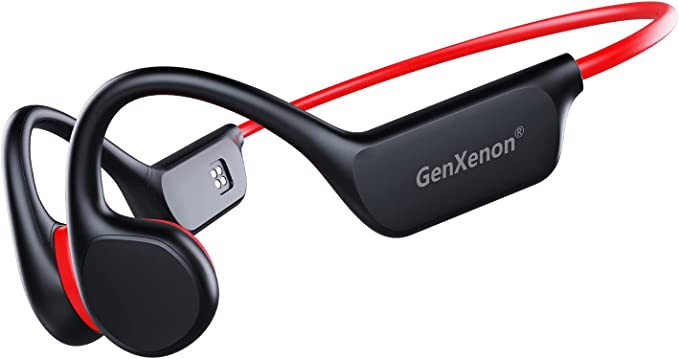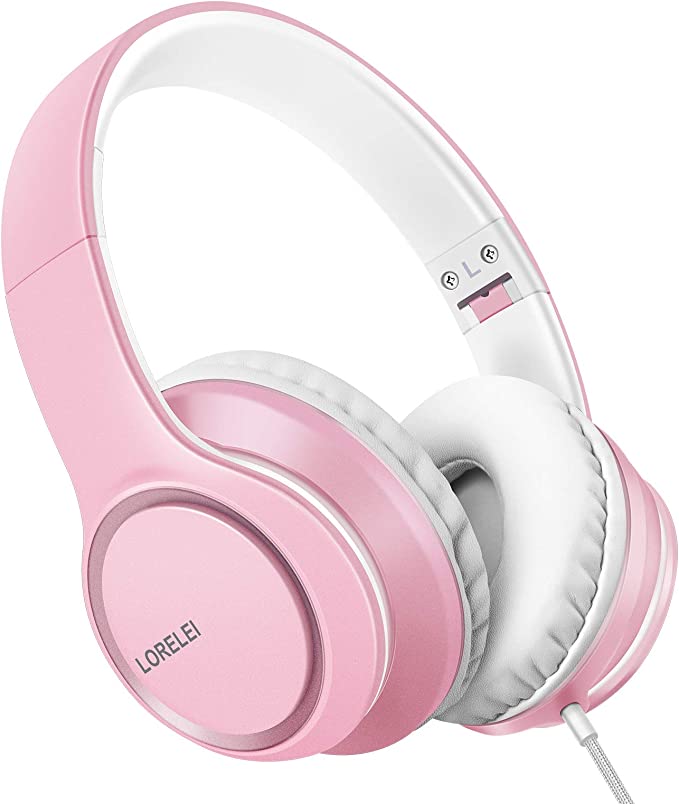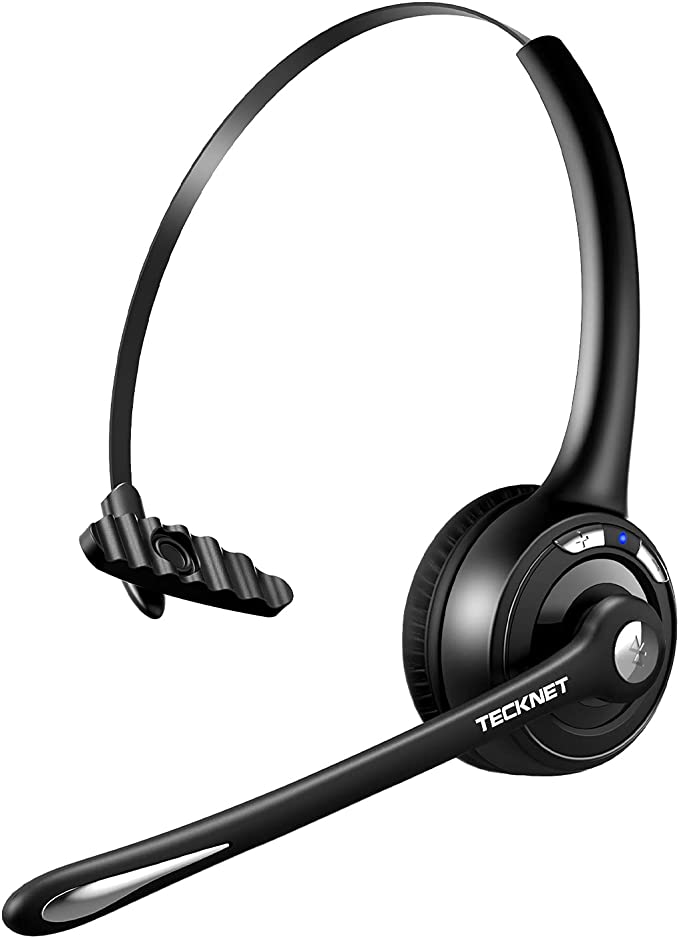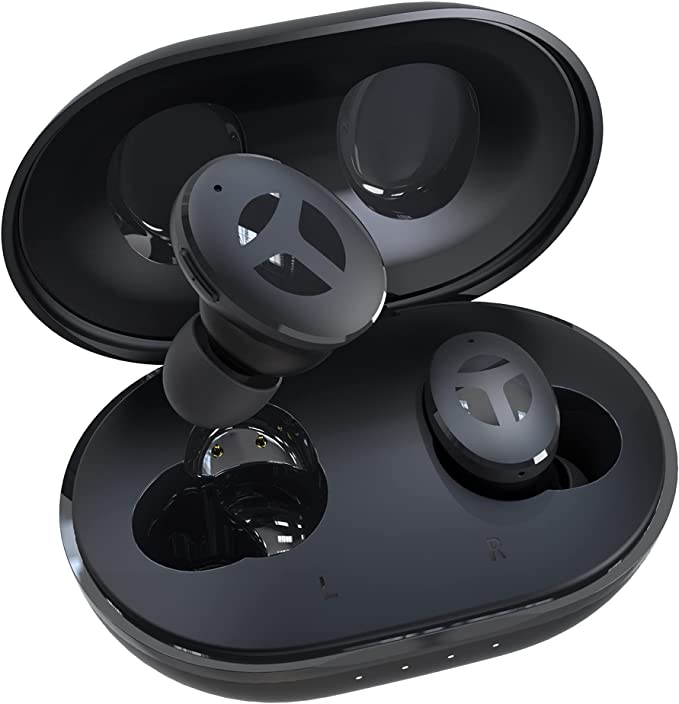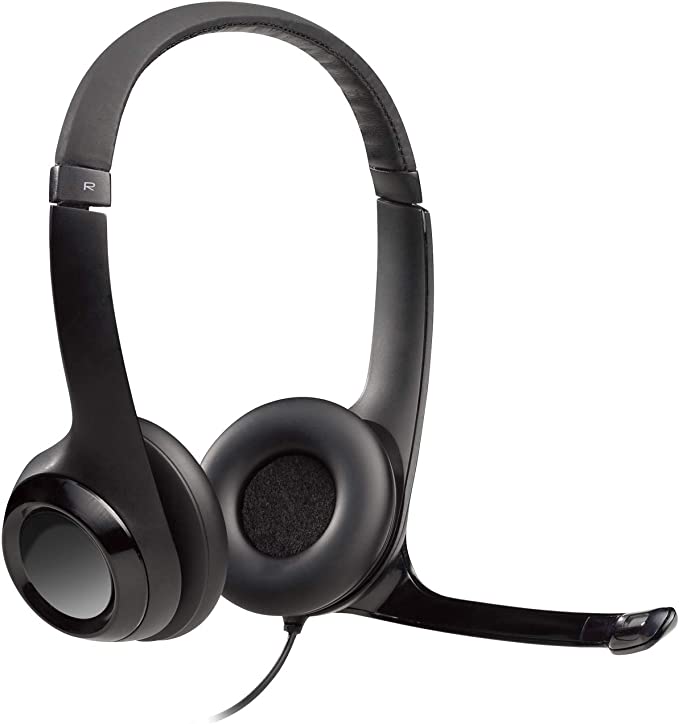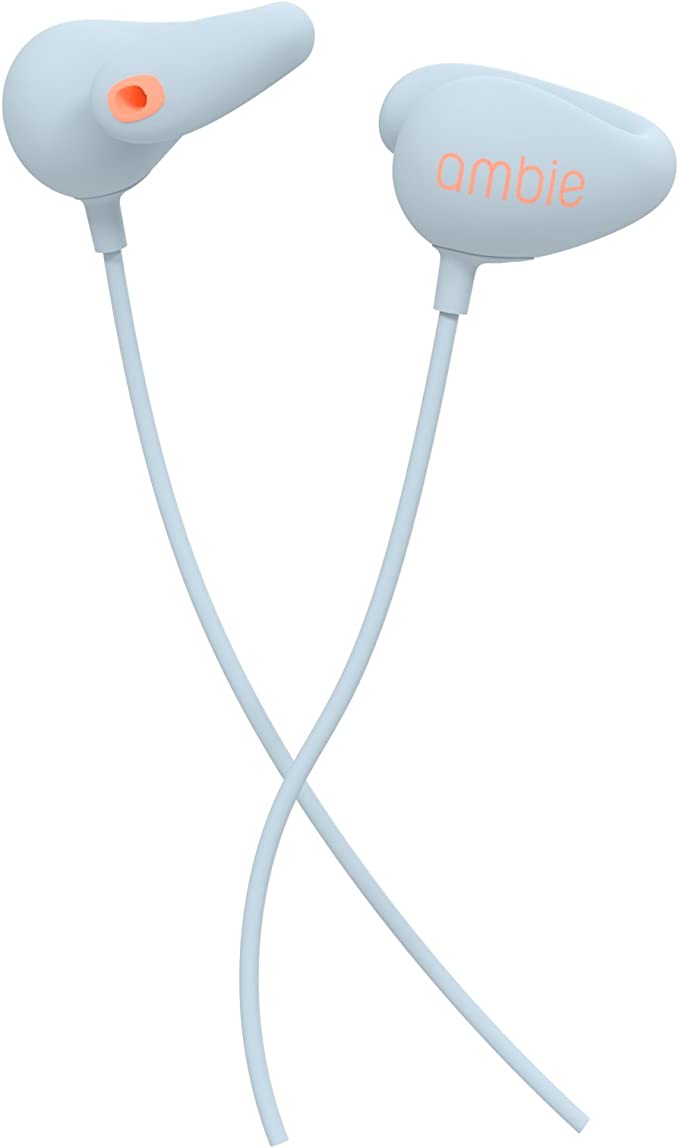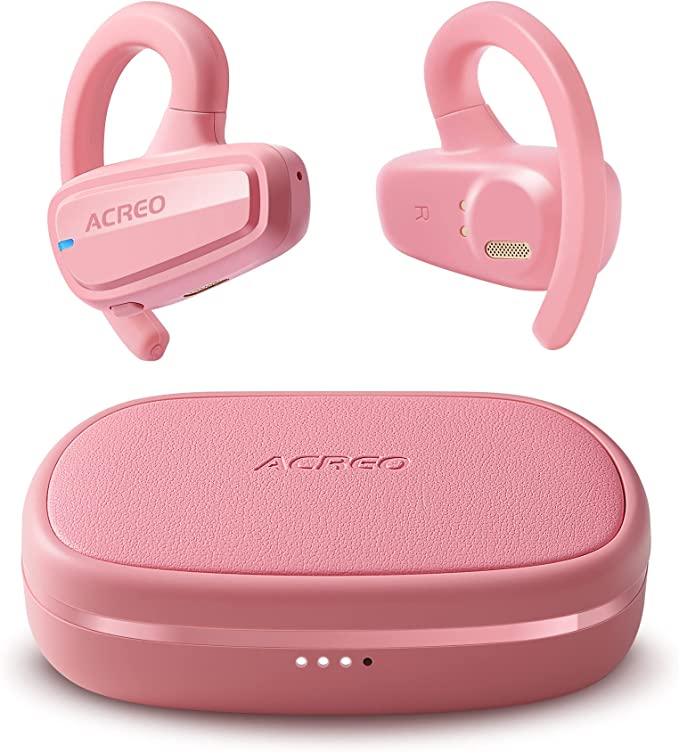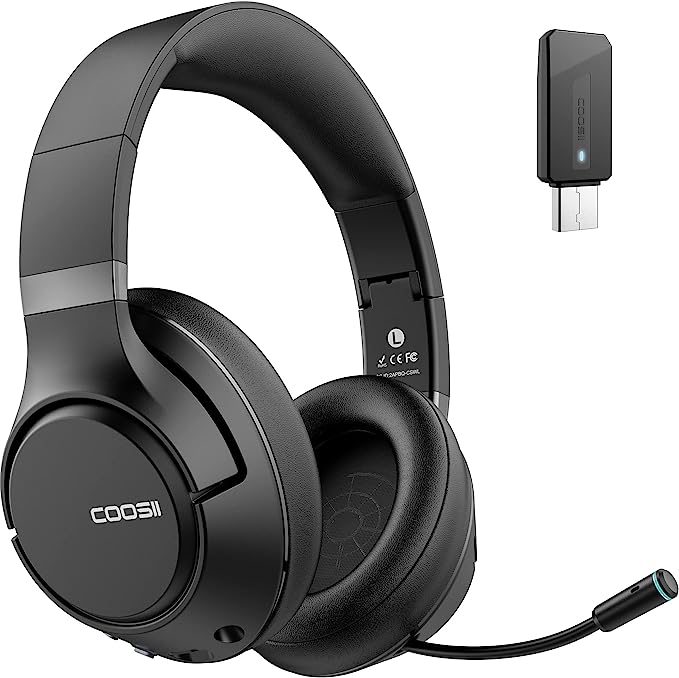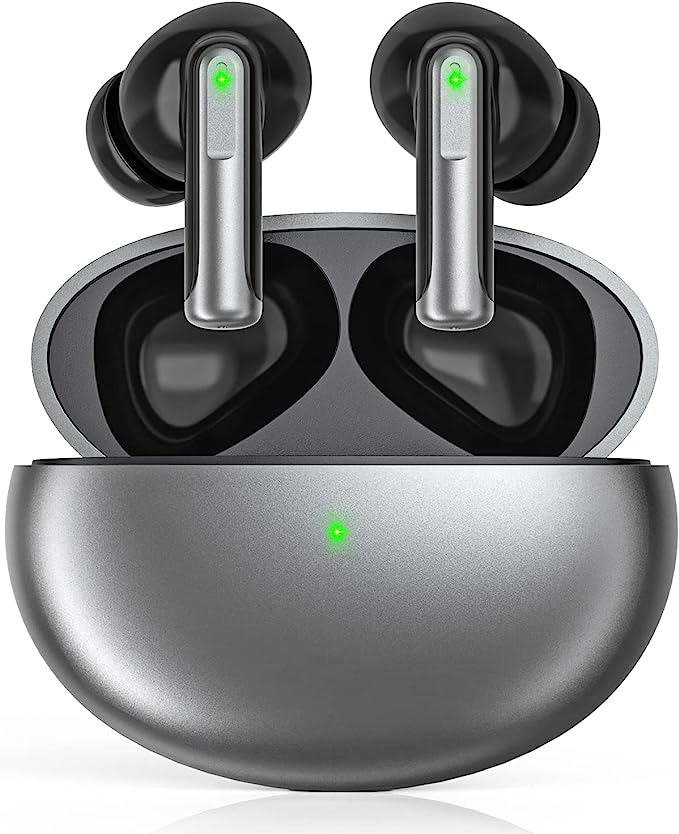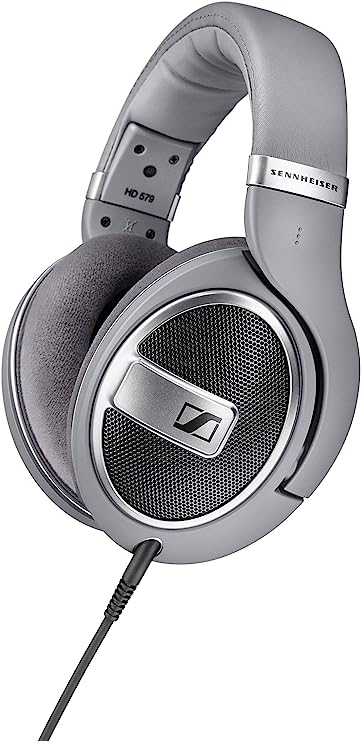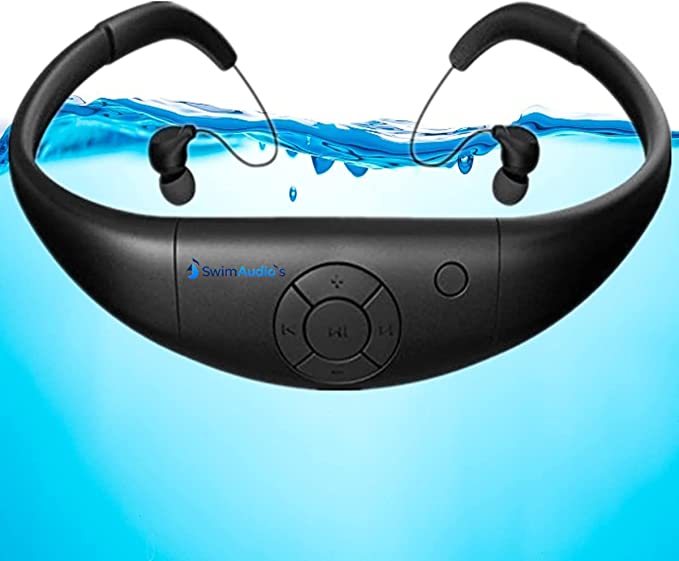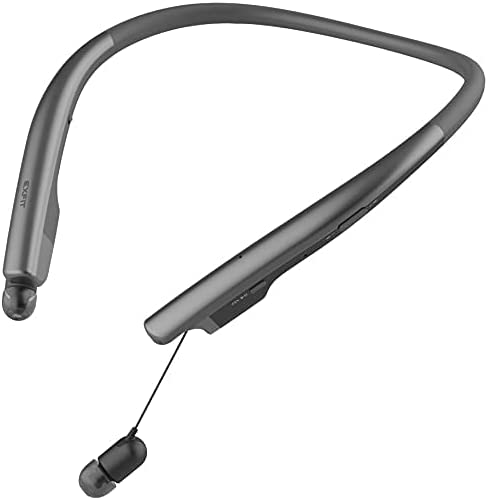Bose QuietComfort Ultra Wireless Earbuds: Immerse Yourself in Sound and Silence
Update on May 28, 2025, 3:53 p.m.
Our world is a relentless symphony of noise. From the rhythmic roar of a subway train to the insistent chatter of an open-plan office, and the ever-present digital chorus of notifications, true auditory peace can feel like an elusive luxury. Yet, within this cacophony lies a deep-seated human yearning: the desire to curate our own soundscape, to find oases of calm for focus, or to immerse ourselves completely in the richness of music and stories. For decades, Bose Corporation has been a name synonymous with the pursuit of this very control, pioneering acoustic innovations that have consistently reshaped our relationship with sound. The Bose QuietComfort Ultra Wireless Earbuds stand as a contemporary testament to this legacy, a sophisticated fusion of cutting-edge science and thoughtful design, promising not just to play audio, but to transform the very act of listening.

Sculpting Silence – The Science and Story of World-Class Noise Cancellation
The ability to command silence in a noisy environment is perhaps the most sought-after feature in modern personal audio, and it’s an art Bose has been refining for generations. The QuietComfort Ultra Earbuds approach this not as a single trick, but as a multi-layered strategy.
The journey to silence begins with passive noise reduction. This is the foundational, often unsung, hero. The meticulously designed Bose Fit Kit, offering a remarkable nine combinations of soft eartips and stability bands, is crucial here. Crafted from pliable, medical-grade silicone, the eartips are engineered to create a gentle yet effective acoustic seal at the opening of your ear canal. This physical barrier acts as the first line of defense, significantly attenuating higher-frequency sounds – think the clatter of keyboards or the shrill whine of a distant siren – much like traditional earplugs, but with a focus on comfort.
Building upon this passive foundation is the marvel of Active Noise Cancellation (ANC), a technology whose origins are intertwined with the very history of Bose. Legend has it that in 1978, Dr. Amar G. Bose, the company’s founder, experienced an epiphany during a noisy transatlantic flight. Dissatisfied with the airline headphones’ inability to shield him from the incessant engine drone, he conceptualized a method to actively combat unwanted sound. This led to years of research, culminating in Bose’s pioneering ANC headsets for aviators, a critical tool for pilots needing clear communication and protection from deafening cockpit noise.
The principle behind ANC, while complex in execution, is elegantly rooted in basic physics: destructive wave interference. The QuietComfort Ultra Earbuds employ an array of tiny, highly sensitive microphones, both on the exterior and interior of each earbud. These microphones act as vigilant sentinels, constantly sampling the ambient sounds from your environment. This captured acoustic data is then relayed to a powerful onboard Digital Signal Processor (DSP). This tiny computational brain analyzes the incoming noise waveform in real-time and, within milliseconds, generates a precisely mirrored “anti-noise” signal. This anti-noise is an acoustic wave identical in amplitude to the unwanted sound but perfectly 180 degrees out of phase. When the original noise wave and this newly generated anti-noise wave meet at your eardrum, they effectively cancel each other out. Imagine two perfectly matched ripples on a pond colliding and flattening the water’s surface – that’s destructive interference in action. The result is a dramatic hushing of persistent, low to mid-frequency sounds, transforming the roar of an airplane cabin or the rumble of a commuter train into a barely perceptible whisper.
Elevating this is Bose’s proprietary CustomTune™ technology. Why is personalization crucial in acoustics? Because just as fingerprints are unique, so too are the shapes and resonances of our ear canals. When you first insert the QuietComfort Ultra Earbuds, they play a soft calibration chime. Internal microphones then measure the specific acoustic response within your ear canal – how that chime reflects and reverberates. This data allows the earbuds to create a personalized acoustic map. Based on this map, the CustomTune algorithm intelligently adapts both the audio playback and, critically, the noise cancellation profile specifically for your ears. It’s akin to having a bespoke acoustic suit tailored for your auditory anatomy, ensuring the ANC performance is optimized to its full potential for your unique hearing. This is what underpins the claim of “world-class noise cancellation,” striving to deliver an experience where, as one user (“Atlas,” Amazon.com, Nov 2023) remarked after extensive comparisons, the “Quiet Mode” provides the best noise cancellation they’ve ever encountered. The sensation is often described as a “bubble of silence,” allowing for profound focus or simply a moment of serene detachment from the world’s din.

Painting with Sound – Unveiling the Depths of Bose Immersive Audio
Having mastered the art of silence, Bose then endeavors to fill that quietude with sound that is not just heard, but felt and experienced in three dimensions. This is the promise of Bose Immersive Audio, a sophisticated take on spatial audio technology.
Traditional stereo audio, the standard for decades, creates a soundscape with width, placing sounds to your left and right. Immersive Audio, as implemented in the QuietComfort Ultra Earbuds, aims to shatter these confines, creating a more lifelike and enveloping auditory environment. The core of this technology lies again in powerful Digital Signal Processing (DSP). The DSP intelligently analyzes the audio source – whether it’s music, a podcast, or the soundtrack of a movie – and re-maps its constituent elements into a virtual 3D space. Bose describes this as placing the audio “directly in front of you,” fostering a sensation that the sound is emanating from a stage or screen before you, rather than being piped directly into your ears. This creates a more natural, out-of-head listening experience, much like listening to a high-quality pair of freestanding speakers in a room. The “Immersion Mode” is specifically calibrated to deliver this spatial effect, often coupled with the full force of active noise cancellation to heighten the sense of being enveloped by the sound.
But how does this “acoustic trickery” work on our brains? It taps into the fascinating field of psychoacoustics, the study of how humans perceive sound. Our brains are remarkably adept at locating sound sources in three-dimensional space. We do this by unconsciously analyzing subtle differences in the sound that reaches each ear: * Interaural Time Differences (ITD): Sound from a source to your right will reach your right ear fractionally sooner than your left. * Interaural Level Differences (ILD): That same sound will also be slightly louder in your right ear, as your head creates an “acoustic shadow” for the left ear. * Spectral Cues: The complex shapes of our outer ears (the pinnae) subtly filter sound in a way that changes depending on the sound’s direction, particularly its elevation. These frequency alterations are unique to each individual and are known as Head-Related Transfer Functions (HRTFs).
Spatial audio algorithms, like those in Bose Immersive Audio, attempt to simulate these natural cues. By carefully manipulating the phase, amplitude, and equalization of the audio signals delivered to each earbud, the DSP can “convince” your brain that sounds are originating from specific points in a 360-degree sphere around you. While the QuietComfort Ultra’s product description doesn’t explicitly detail head-tracking (which dynamically adjusts the sound field as you turn your head), the “audio directly in front of you” suggests a very stable and well-defined forward-facing soundstage, a common and effective implementation of spatial audio for a wide range of content.
The goal is to make music feel more like a live performance, with instruments occupying distinct spaces, or to give movie soundtracks a more cinematic and engaging quality. Users often report a newfound appreciation for familiar tracks, discovering layers and spatial details previously unnoticed. As reviewer “Jacobson” (Amazon.com, Oct 2023) enthused, “The immersion sound option raises the sound quality to a whole new level, bringing a depth and presence to the music. Just wow.” However, the complexity of these algorithms means that the effect can sometimes interact with certain types of audio in ways that aren’t always universally preferred. For instance, reviewer “Ryi” (Amazon.com, Oct 2023) observed that for movies, “immersion kinda messed with tint of voice,” a phenomenon where the processing might subtly alter the timbre or perceived directness of dialogue for some listeners. This highlights the ongoing challenge in spatial audio: creating an effect that is both dramatic and consistently natural across all content types. The Bose Music app typically offers settings to adjust or toggle this immersive experience, allowing users to tailor it to their preference or the specific content they’re enjoying.
The Unseen Threads – Weaving Connectivity, Control, and Comfort
The most breathtaking audio experience can be undermined by clunky connections, unintuitive controls, or an uncomfortable fit. Bose has poured considerable engineering effort into these often-underappreciated aspects, recognizing them as critical to the overall user satisfaction.
The Wireless Lifeline: Bluetooth 5.3 & Snapdragon Sound’s Edge
At the core of the QuietComfort Ultra’s wireless prowess is Bluetooth 5.3. While version numbers don’t always tell the whole story, Bluetooth 5.3 generally offers incremental improvements over its predecessors in areas like connection stability, energy efficiency (contributing to better battery life), and potentially reduced latency. The earbuds boast a reliable wireless range of up to 30 feet (9 meters), allowing for freedom of movement away from the source device.
A significant, though perhaps less widely understood, feature highlighted in the user manual is the inclusion of Snapdragon Sound™ technology. This is a suite of audio technologies from Qualcomm, and its presence means these earbuds support the aptX™ Adaptive codec when paired with a compatible Snapdragon Sound-certified device (typically Android phones). This is a crucial detail for audiophiles. Unlike standard Bluetooth codecs like SBC or even AAC (favored by Apple), aptX Adaptive is designed to be, well, adaptive. It can dynamically adjust its bitrate – the amount of data used to represent the audio per second – anywhere from 279kbps up to 860kbps. This means that in environments with good RF (radio frequency) conditions, it can stream audio at near-CD quality. If the connection becomes less stable (e.g., in a crowded area with lots of wireless interference), it can gracefully scale down the bitrate to maintain a continuous, stutter-free audio stream, prioritizing robustness over ultimate fidelity in challenging moments. Furthermore, aptX Adaptive is engineered for low latency (Qualcomm claims as low as 89ms), which is vital for watching videos or playing games, minimizing that distracting lag between what you see and what you hear.
Adding another layer of everyday convenience is Multipoint Bluetooth. This allows the QuietComfort Ultra Earbuds to be actively connected to two source devices simultaneously – say, your laptop and your smartphone. Imagine you’re watching a presentation on your laptop, and a call comes in on your phone. The earbuds can intelligently switch audio focus to the phone call, and then switch back to your laptop audio once the call ends, all without you needing to dive into Bluetooth settings to manually disconnect and reconnect. For today’s digitally multitasking individual, this is a subtle but highly valued feature.
Your Personal Sound Console: The Bose Music App & Intuitive Touch
Interaction with the earbuds is primarily through capacitive touch controls located on the flat outer surface of each bud. These nearly invisible sensors respond to taps and swipes, allowing for common commands like play/pause, volume adjustment (a satisfying swipe up or down), track skipping, and call management. The science here is straightforward: your finger, being conductive, alters the electrical capacitance of the sensor when it makes contact, triggering the corresponding command. While convenient, some users, like “Amazon Customer” (Amazon.com, May 2024), have noted that these touch surfaces can occasionally be overly sensitive to accidental contact (e.g., from hair or a hood) yet sometimes require a very deliberate tap to register an intended command – a common balancing act in touch interface design.
The Bose Music app acts as the central command hub for a deeper level of customization and control. Beyond initial setup and firmware updates (which are crucial for ongoing performance improvements and feature additions), the app unlocks several key functionalities. Users can adjust the equalizer (EQ) to tailor the sound signature to their personal taste – boosting the bass, crispening the highs, or opting for a flatter, more neutral response. This is like having a personal audio engineer fine-tuning the sound for your preferences. The app is also where you manage listening modes (Quiet, Aware, Immersion, and even create up to seven custom modes), toggle features like in-ear detection, and customize shortcuts. For instance, the “Aware Mode,” which uses the external microphones to pass through ambient sound so you can hear your surroundings, can be further enhanced with ActiveSense™ technology via the app. ActiveSense dynamically increases noise cancellation if sudden loud noises occur nearby, protecting your listening experience without completely isolating you.
The Ergonomic Embrace: Why Comfort is King
All the technology in the world means little if the earbuds are uncomfortable to wear for extended periods. Bose has long prioritized ergonomics, and the QuietComfort Ultra Earbuds reflect this. The aforementioned Bose Fit Kit, with its three sizes of eartips (Small, Medium, Large) and three sizes of flexible stability bands (marked 1, 2, 3), provides nine distinct combinations. This isn’t just about offering options; it’s rooted in the understanding that human ear anatomy is incredibly diverse.
The eartips, made from soft, medical-grade silicone, are designed to provide a gentle yet secure seal at the opening of the ear canal. This seal is critical not only for effective passive noise isolation and optimal ANC performance but also for rich, consistent bass response. The stability bands, also silicone, are ingeniously designed to tuck snugly under the ear’s antihelix ridge, providing an extra point of contact that helps to keep the earbuds securely in place, especially during movement, without exerting uncomfortable pressure. As reviewer “Atlas” (Amazon.com, Nov 2023) found, the right combination “fit perfectly… and have not created any issues of discomfort or pain,” even making them “on par comfort wise with the Sony earbuds I got almost 4 years ago.” This level of sustained comfort is essential for users who rely on their earbuds for long work sessions, extended commutes, or cross-country flights.

Powering Your World, Protecting Your Journey
For a device designed to be an all-day companion, battery life and durability are non-negotiable. The QuietComfort Ultra Earbuds are engineered with these practicalities firmly in mind.
The Heartbeat: Lithium-Ion Longevity and Charging Case
At the core of each earbud and the charging case are lithium-ion batteries, the current standard for portable electronics due to their high energy density (more power in a smaller package) and relatively good lifespan over many charge cycles. The earbuds themselves are rated for up to 6 hours of listening time on a single charge when Immersive Audio is turned off. Engaging the computationally intensive Immersive Audio reduces this to a still respectable 4 hours. These figures, as noted in the user manual’s fine print, are typically achieved under specific test conditions (e.g., volume at 75dBSPL, specific EQ settings, in Quiet Mode).
The sleek, pocketable charging case does more than just protect the earbuds; it acts as a portable power bank. When fully charged, the case holds enough energy to provide up to three additional full charges to the earbuds. This extends the total potential listening time to approximately 24 hours (in standard mode) or 16 hours (with Immersive Audio constantly on) before you need to find a USB-C outlet to recharge the case itself. The case takes about 2-3 hours to fully replenish its own battery, while the earbuds need up to 2 hours to go from empty to full within the case.
For those moments when time is of the essence, a quick charge feature offers a welcome reprieve from “battery anxiety.” A mere 20-minute stint in the charging case can provide the earbuds with up to 2 hours of additional playback time (again, under standard listening conditions). This is incredibly useful for a last-minute power-up before heading out the door.
However, the elegant dance of wireless charging via small pogo pins and contact pads is one of precision. Some users, like “Anton Giroux” (Amazon.com, Aug 2024 – date likely a typo in source, assuming 2023/2024), experienced initial charging inconsistencies, eventually discovering that the earbuds weren’t always making perfect contact within the case. His DIY solution with masking tape to ensure a tighter fit underscores a common challenge in true wireless earbud design: even slight misalignments or debris on the charging contacts can interrupt the power flow. Bose typically advises ensuring the earbuds “magnetically snap into place” and keeping the contacts clean.
Weathering the Elements: Understanding IPX4
To accompany users through various aspects of their day, including workouts or light rain, the QuietComfort Ultra Earbuds carry an IPX4 rating. The “IP” stands for Ingress Protection, and the “X4” specifically means the earbuds are protected against splashing water from any direction for at least 5 minutes. This makes them “sweat and weather resistant,” suitable for a run in a drizzle or an intense gym session. However, it’s crucial to understand the limitations: IPX4 does not mean they are waterproof. They are not designed to be submerged in water, so swimming or showering with them is ill-advised. As the safety instructions note, IPX4 is also “not a permanent condition, and resistance might decrease as a result of normal wear.” This is a practical consideration for long-term durability. The charging case itself does not share this IP rating and should be kept dry.
Clearer Conversations: The Science of Being Heard
In an age of constant virtual meetings and voice assistant interactions, the ability of earbuds to capture your voice clearly, even amidst background noise, is paramount. The Bose QuietComfort Ultra Earbuds feature noise-rejecting microphones designed specifically for this purpose.
While the exact number and configuration of microphones dedicated to voice pickup aren’t always detailed in consumer-facing materials, “noise-rejecting” typically implies a system that uses multiple microphones and sophisticated signal processing. This often involves a technique called beamforming, where the microphone array can be electronically “steered” to focus its sensitivity in the direction of the user’s mouth. Simultaneously, algorithms work to identify and suppress sounds originating from other directions – the clatter of a café, the hum of traffic, or ambient office chatter.
The goal is to create a “cleaner” voice signal that is transmitted to the person on the other end of your call or understood more accurately by your device’s voice assistant. This allows for more intelligible conversations and more reliable voice commands, even when you’re not in a perfectly quiet environment. The effectiveness of such systems can vary greatly depending on the complexity of the noise and the sophistication of the processing, but it represents a significant step up from simpler microphone designs that capture all sounds indiscriminately. The intuitive touch controls also allow for easy call management (answer, end, decline) directly from the earbuds.
Coda: The Future is Listening
The Bose QuietComfort Ultra Wireless Earbuds are more than just a collection of impressive specifications; they are a finely tuned ecosystem where acoustics, advanced electronics, material science, and software engineering converge. They represent a significant stride in the ongoing human quest to gain mastery over our personal auditory environment – to find silence when we need focus, to experience sound with a depth that touches our emotions, and to connect seamlessly with our digital lives.
From Dr. Bose’s initial insight on a noisy airplane to the intricate dance of algorithms within these tiny devices, the journey of audio technology is one of relentless refinement and a deepening understanding of how we perceive the world through sound. While challenges in areas like perfect connectivity in all conditions or universal charging consistency remain part of the evolving landscape for all wireless audio, the QuietComfort Ultra Earbuds clearly demonstrate the profound impact that dedicated scientific inquiry and user-centered design can have on our daily lives.
As we look ahead, the future of personal audio likely points towards even greater intelligence and personalization: earbuds that not only adapt to our ear canals but perhaps to our hearing profiles, our current activities, or even our moods, creating truly bespoke soundscapes. The foundation for such a future is being laid by innovations like those found within the Bose QuietComfort Ultra – a testament to the enduring alchemy of transforming silence into serenity, and sound into a truly immersive experience.

